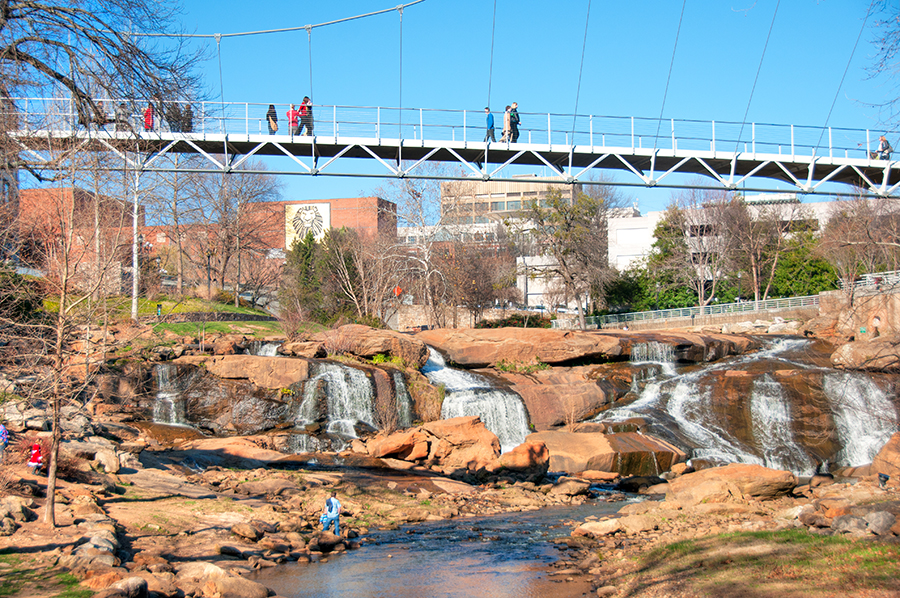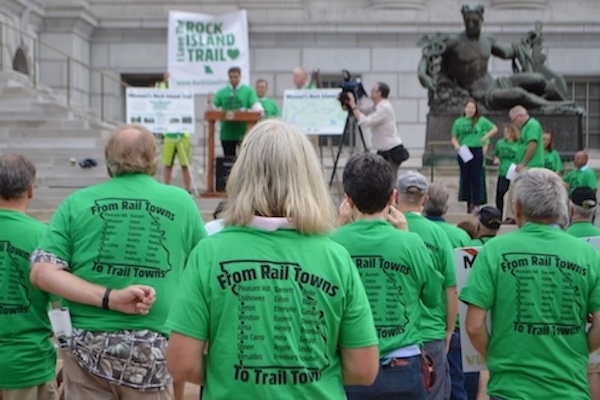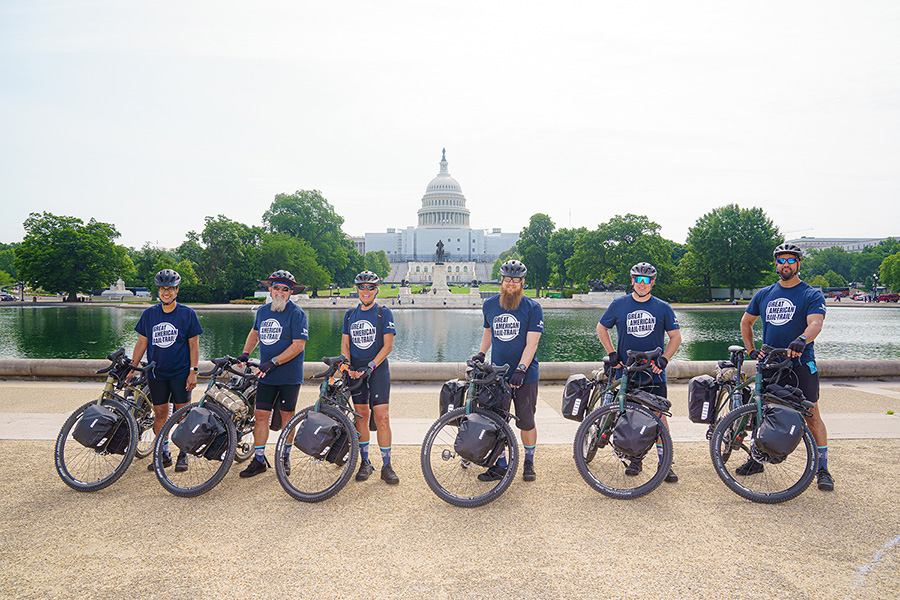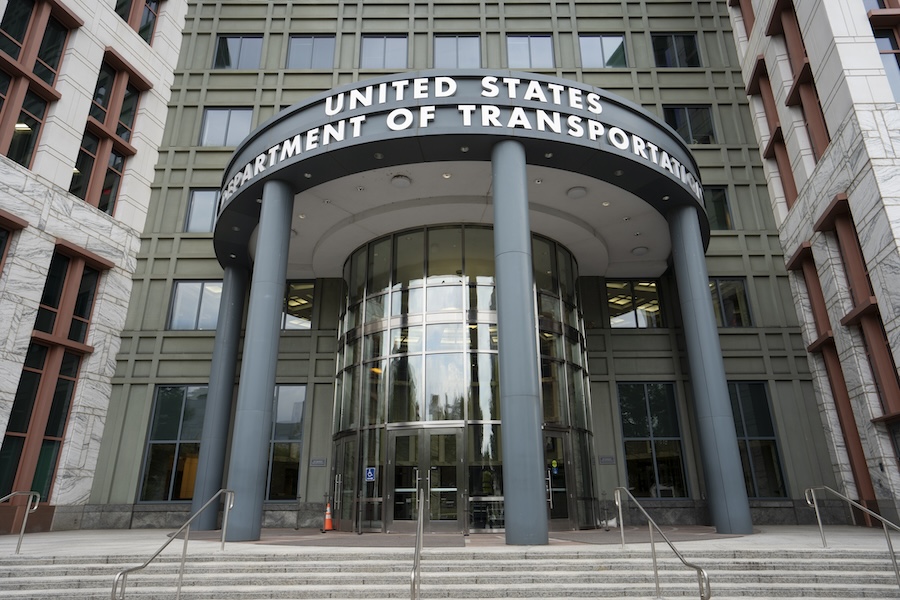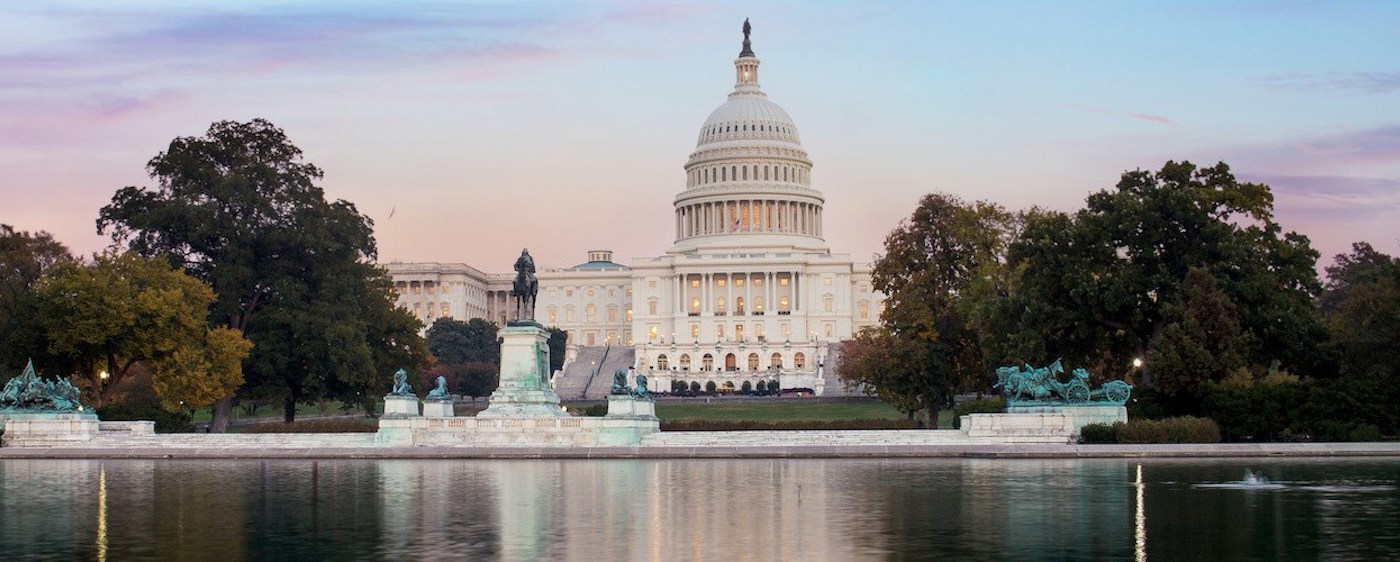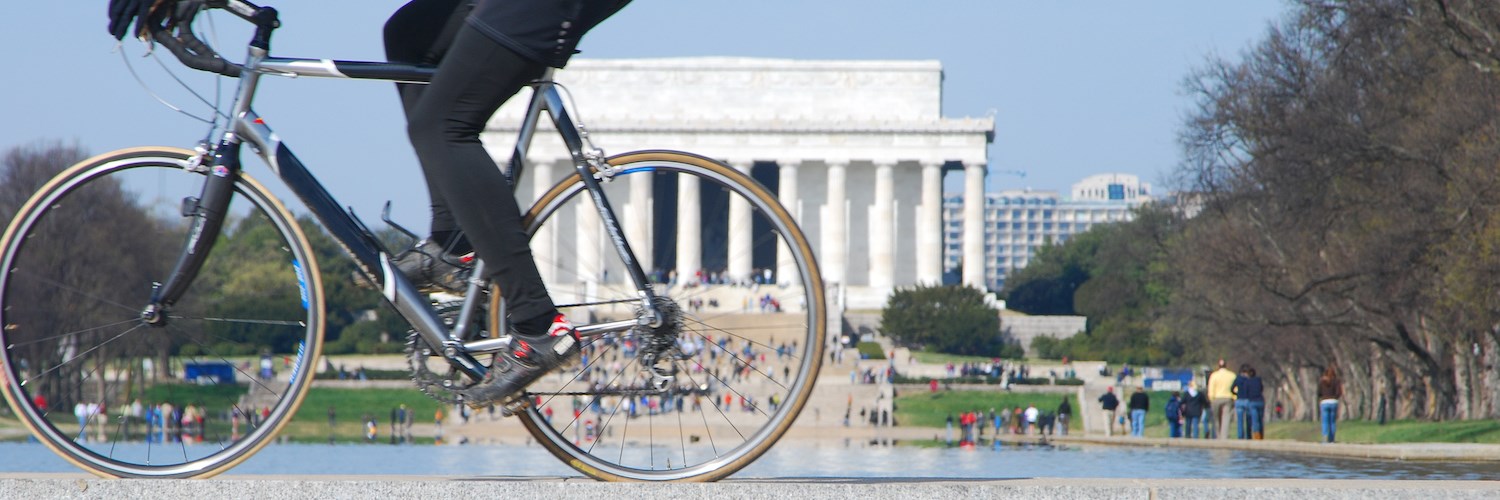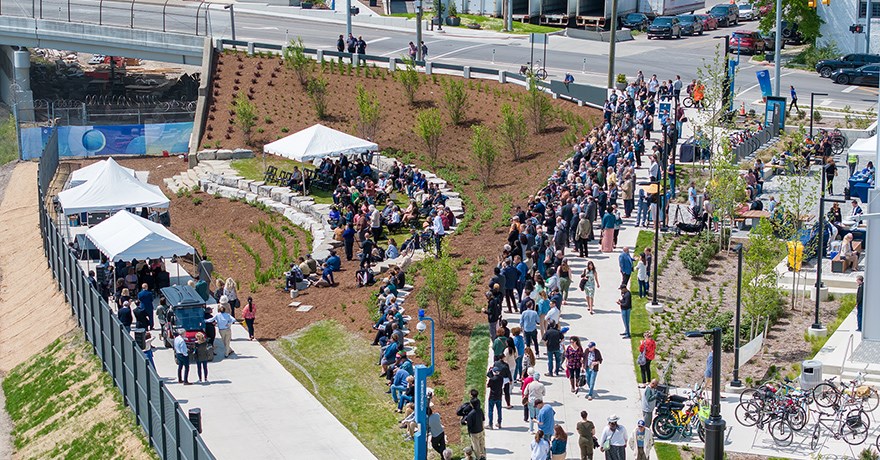Advocating for Active Transportation
Photo courtesy Getty Images
RTC’s Reauthorization Agenda
As we work to shape federal transportation priorities, RTC has put forth a policy framework for the next reauthorization of the federal surface transportation bill focused on ensuring a robust ecosystem of policies and programs that prioritize connected walking and biking routes, making it safer and easier for Americans to move around the regions where they live, work and play. Priorities include:
- Growing and strengthening all three pillars of dedicated federal programs that support active transportation: Transportation Alternatives, the Recreational Trails Program, and the Active Transportation Infrastructure Investment Program
- Ensuring that multimodal federal discretionary grants catalyze innovation and address limitations of formula programs to support critical projects
- Calling for accountability in how states deploy formula funds to maximize impact
Creating vibrant trail and active transportation networks that serve neighborhoods across America requires public policies and programs that robustly fund this infrastructure. For decades, RTC, its members and partners have advocated for investments in the infrastructure communities need to safely walk and bike where they live. Together, we’re sending a clear message to the nation’s decisionmakers and elected leaders: Americans want active transportation networks where they live.
Our collective advocacy has translated into billions of dollars for trails, and innovative new policies and programs that make it easier to fund projects that connect trails and other walking and biking infrastructure. Today, our focus is on protecting and expanding those programs so that resources to connect the nation by trail are available and accessible to the entire country.
Bipartisan Infrastructure Law

When the Infrastructure Investment and Jobs Act (IIJA) (H.R.3684), otherwise known as the Bipartisan Infrastructure Law, passed in November 2021, it included reauthorization of the nation’s federal surface transportation bill that more than doubled funding for trails, walking and biking. The bill bolsters long-standing federal programs for trails and active transportation and creates new funding and new opportunities to advance trail networks nationwide.
Changemakers for Trails
RTC has resources to help you join the ranks of changemakers for trails nationwide. Learn more about what advocacy involves, why it is important, what RTC is advocating for and how you can get involved.
Ask Your Elected Officials: Pledge to Support Active Transportation Funding
Funding sources like Transportation Alternatives, the Recreational Trails program and the Active Transportation Infrastructure Investment Program (ATIIP) are vital for community success. Local, state and federal elected officials are essential for seeking out and applying for funding to build trail networks, as well as advocating for grants and policies that connect people across communities and provide safe active transportation routes.
Ask your elected officials to sign Rails to Trails Conservancy’s pledge to support funding for trails and active transportation.
Stories About Trail Advocacy
View More Blogs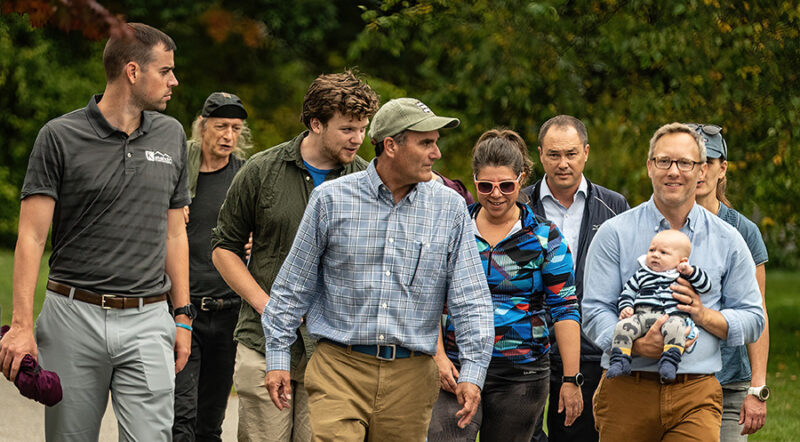
Bi-Partisan Leadership Fuels State-Level Trail Investment in 2024
RTC worked closely with local and state partners in fiscal year (FY) 2024 to generate support for trails in at least 20 states and one territory.
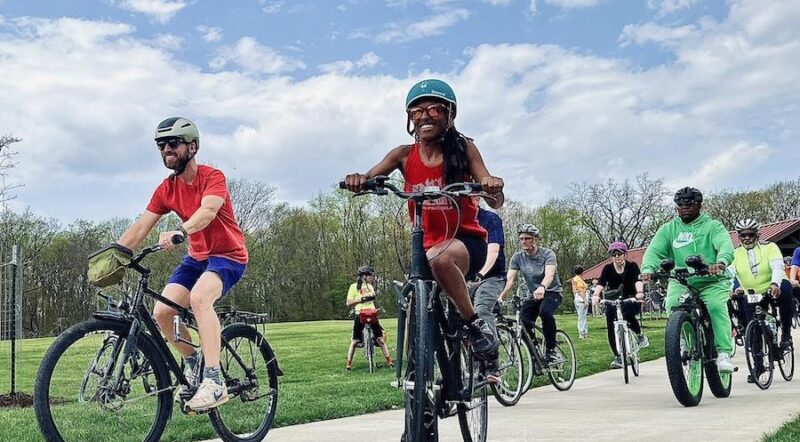
Leveraging Celebrate Trails Day Advocacy in Cuyahoga County
Communities in Cuyahoga County, Ohio, have been leveraging Celebrate Trails Day in creative and unique ways—launching a successful series of advocacy and relationship-building opportunities to connect with local legislators and elevate support for their growing trail infrastructure.
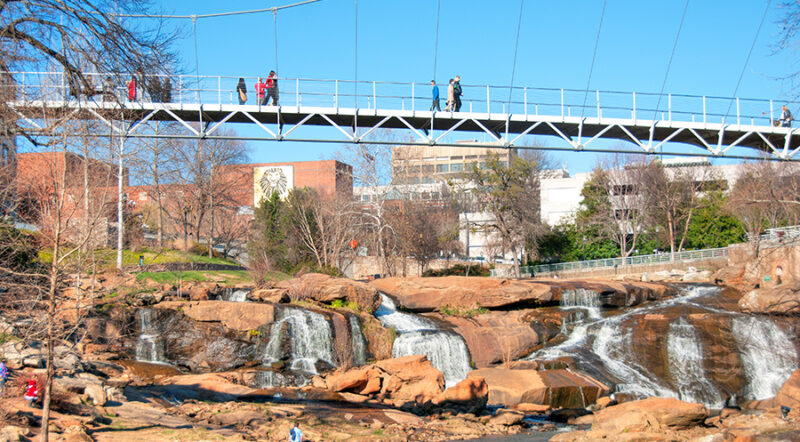
Standing Up for Trails
Funding that supports trails, walking and biking which has been caught up in funding freezes and the pausing of federal programs.
Resources
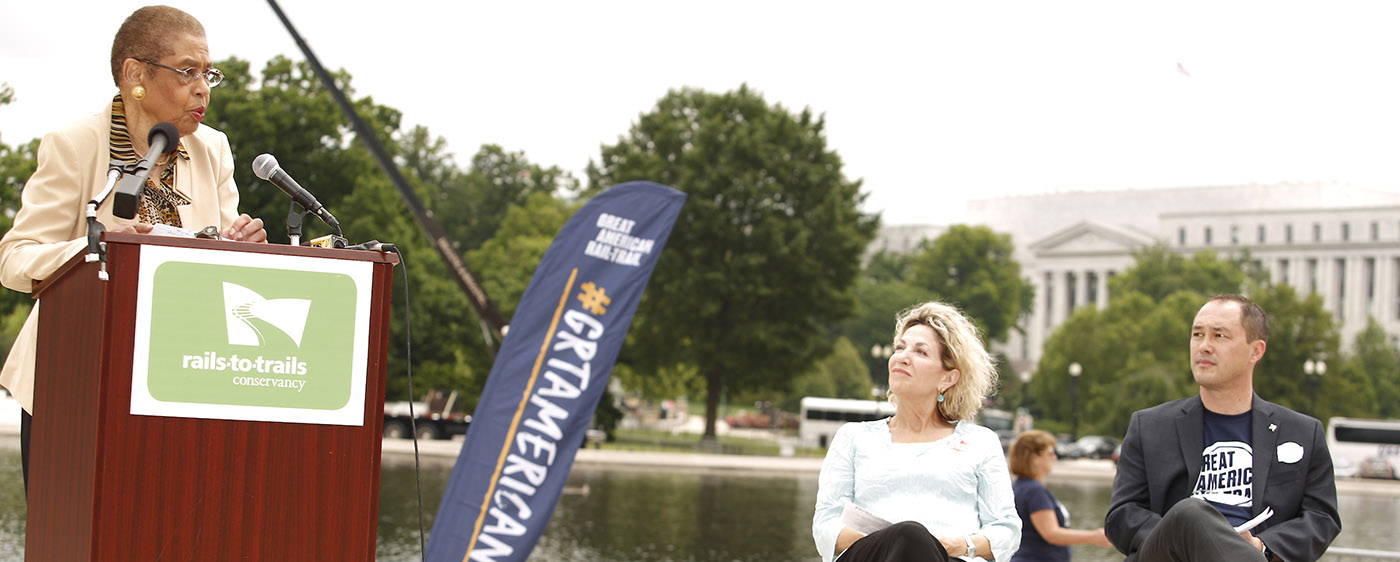
Advocating for Trails and Active Transportation
Advocacy is key to building connected, accessible trails across America. Learn what it takes to advocate for a nation connected by trails and get information and resources to help you become a successful changemaker for trails.
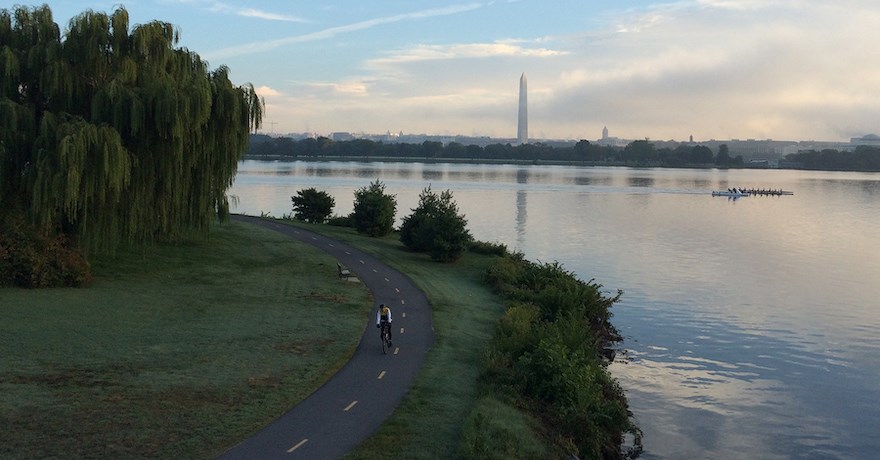
Federal Funding Tool
RTC’s new federal funding tool will help you identify funding sources that may be a good fit for your projects.
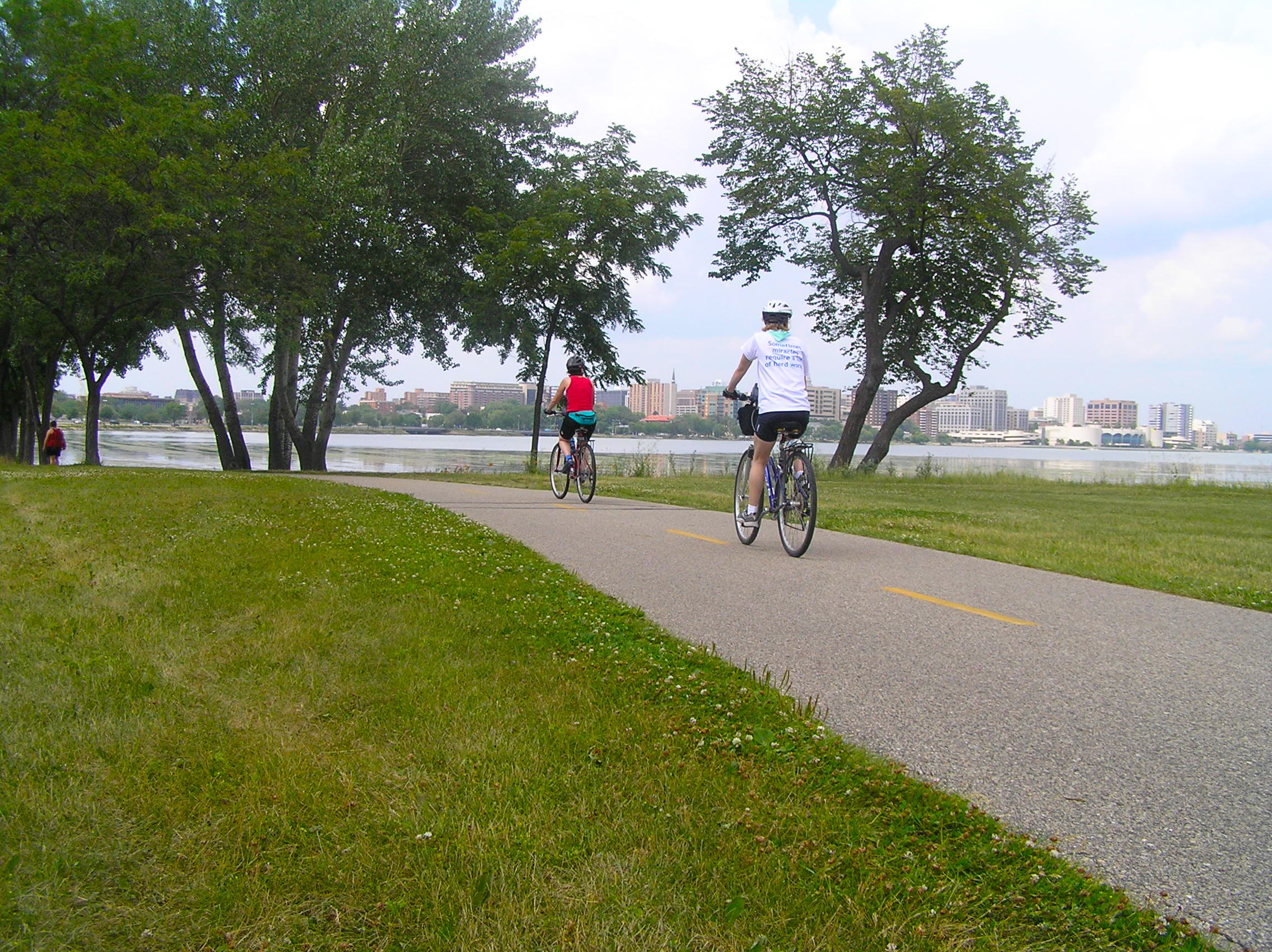
State Policy Legislation Examples
Use RTC’s Resource Library to view sample legislation to empower transportation advocates, legislators, government officials and their staff with information and examples of effective funding models that can be replicated to secure the investments they need locally.
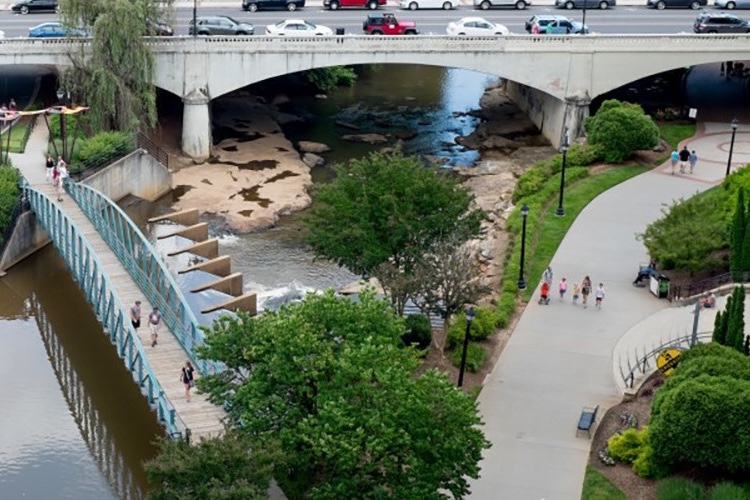
Resources for Local Leaders
Officials at the local, state, regional and federal levels often hold the keys to funding or policy changes to catalyze networks.
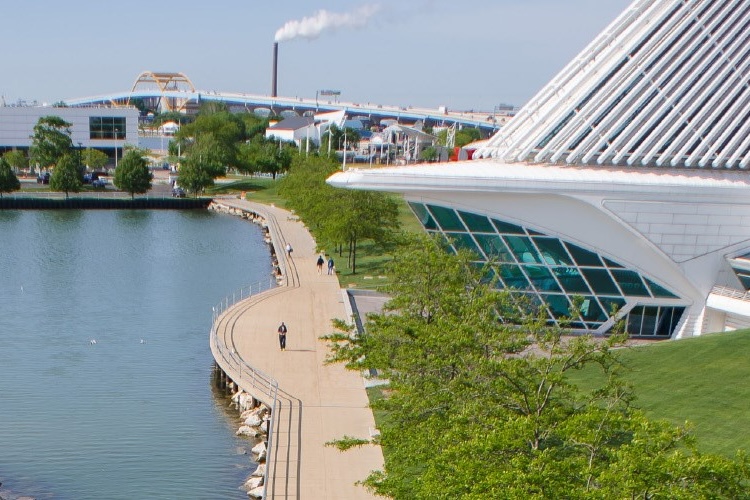
Transportation Alternatives Data Exchange
Rails to Trails Conservancy’s (RTC) Transportation Alternatives Data Exchange (TrADE) is the nation’s go-to transportation funding data source for trails and active transportation, tracking TA spending for tens of thousands of projects.
Inside Track Policy Newsletter
Sign up for The Inside Track to receive the latest updates from inside Capitol Hill, the White House and—when relevant—state legislatures. Best suited for: elected or appointed officials and their staff; advocacy organizations, businesses, industry groups and similar entities involved in the trail-related space; and trail and active transportation policy enthusiasts.
Case Studies
RTC has compiled a collection of case studies that you can take with you to your next meeting with an influential decision maker or official. Our story bank demonstrates how trails, walking, and biking are making a real impact in communities across America—large and small, urban and rural. A simple and compelling story can make a lasting impression with a decision maker and convince them of the value of these projects.
Choose a story that highlights a project in a community near you, or bring along an example from outside your region that showcases the type of vision you want to achieve.
- Arkansas’ Southwest Trail
- Maryland’s Baltimore Greenways Trail Network
- California’s Napa Valley Vine Trail
- New Jersey and Pennsylvania’s Circuit Trails
- Columbus, Ohio’s Olentangy Trail
- Pennsylvania’s and West Virginia’s IHTC: Parkersburg to Pittsburgh Corridor
- Illinois’ Route 66 Trail
- Florida’s Emerald Trail System
- Kentucky’s Louisville Loop
- Florida’s Ludlam Trail Project
- Nebraska’s Prairie Corridor
- Mississippi’s Longleaf Trace
- Florida’s Paradise Coast Trail
- New York’s Empire State Trail
- Oregon’s Salmonberry Trail
- California’s San Diego Regional Bike Plan
- Illinois’ Kickapoo Rail Trail Extension
